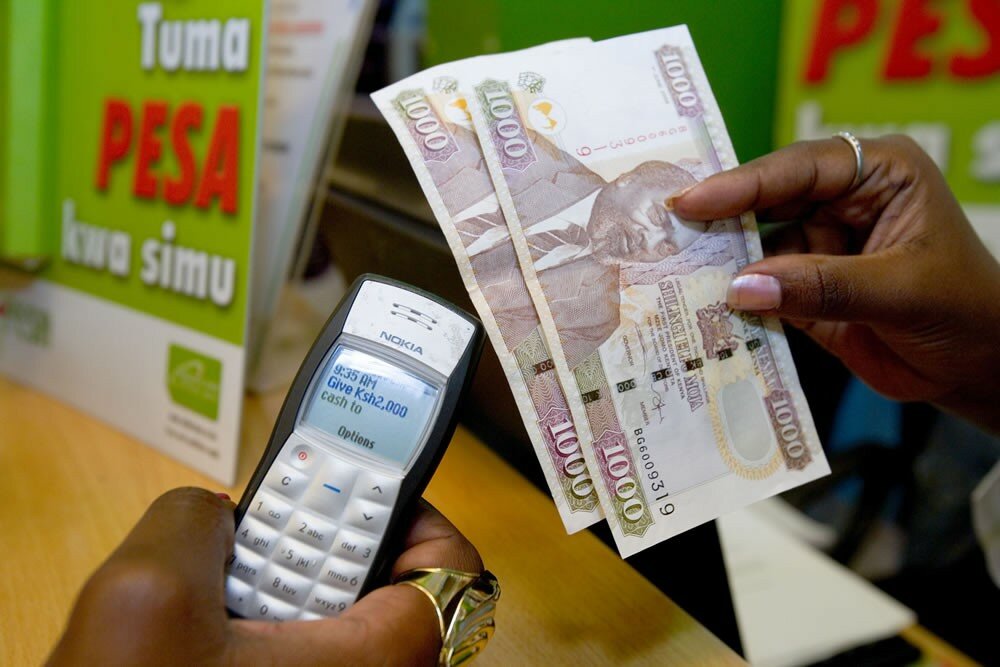Mobile money transactions total to Ksh2.3 trillion
By Grace Maina/Release
According to Kenya’s Central Bank, mobile money transactions totaled to Ksh2.3 trillion in the ten months from October 2015 says
For almost a decade, the proliferation of mobile payment technology in Africa has opened up new opportunities for people and businesses previously thought to be excluded from financial services says Philippa Kelly, Financial services manager, Assurance of Institute of Chartered Accountants in England and Wales (ICAEW).
She states that the lack of financial infrastructure was a major barrier to economic growth.
“Financial inclusion was limited either by physical infrastructure where the lack of bank branches and ATMs meant that few people had access to banking services or digital, as online banking depended on internet access.However, mobile payments have changed this radically. In 2013 Forbes magazine reported that 43% of Kenya’s GDP was flowing through M-PESA the mobile payments system, with over 237 million person-to-person transactions,” says Kelly.
“M-payments are now an integral part of the daily lives of many Kenyans considering that they pay bills, spend money and can even access credit and insurance through their mobiles,” she says.
Nairobi is now a fintech hub, often referred to as Africa’s Silicon Valley or the “Silicon Savannah”. International tech giants like Google and Microsoft have sites in Nairobi where alongside tech start-ups and venture capital firms, and IBM have just opened a research lab.
Kelly says that smart apps are the latest development, with firms designing apps that deal with real and relevant problems, like weather monitoring, up-to-date market information on crop prices and dairy production techniques, or what seeds are best suited to which climates, all helping drive economic growth in a country where agriculture accounts for 70% of employment.
“In the mid-2000s amidst a growing mobile network but continuing lack of access to banking for many Kenyans, two developments were joined that proved the catalyst for the m-payment revolution,” says Kelly.
“Firstly, researchers from the United Kingdom’s Department for International Development (DFID) noticed that a lot of people were using mobile airtime as a proxy currency. At the same time, Vodafone was looking at a way of supporting microfinance transfer through mobiles networks, as access to banking in East Africa was limited. The two bodies together funded the development of M-PESA, and it proved an idea whose time had come,” she adds.
Kelly continues to say that, technology like Bitcoin and Blockchain would be the next step toward to greater inclusion. One area where this could prove the big business is remittances.There are more than 30 million Africans who live away from home, sending back USD $40bn a year, according to the International Fund for Agricultural Development (IFAD).
According to Adams Bodomo, an academic researching on remittances, the fact that 75% of all transfers are informal and untracked suggests that the true figure might be closer to $160bn.
There are currently two main issues that affect people who are sending and receiving remittances. The first is transaction cost.
Wire transfer companies like the Western Union charge handling fees of 10% or more, and the currency rate is variable and may add to this.
The second is that the final product is still cash, which needs to be collected physically and in person. It is solving this last problem that is likely to spark the next fintech disruption.
In a blog post in October 2015, Luis Buenaventure, co-founder of one of the best-known bitcoin remittance companies, Rebit, pointed out that so far bitcoin has failed to revolutionise remittances.
He put this down to the “first and last mile” problem – converting digital money into physical cash at either end.
Kelly says that so far, efforts by companies like BitPesa to find a way to convert bitcoins into local currency seem to be failing in Kenya, with Safaricom and the Central Bank refusing to accept them. Other start-ups have faced similar problems.
“Beam, which was launched in Ghana in 2014, aimed to capture the remittance market but moved on from using bitcoin after merchants declined to accept them, meaning the main problem it was designed to solve remains live. However, bitcoin is only the first attempt to create a viable cryptocurrency that will address this issue. For a cryptocurrency to be truly useful to a large population, a critical mass of acceptance among both people and everyday businesses will be needed.Whether this is with bitcoin, another cryptocurrency or simply using the technology being developed for more secure and wide-ranging transmissions, only then will we see real change,” she adds.





